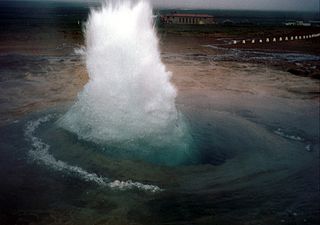From Guest Blogger Addison Appleby: The Facts on Tidal Power



Sound impossible? It’s not; it’s just two of the many benefits of edible landscaping. (more…)



Dear Craig,
News broke recently that Radio Disney is promoting fracking and pipelines to kids in a music-filled show called “Rocking in Ohio.” Funded through a partnership with the Ohio Oil and Gas Association, the road show is being presented everywhere from schools to county fairs under the guise of teaching kids “science.” Worse yet, this initiative may be expanded nationwide in 2014. (more…)

Last Sunday’s segment on the demise of the cleantech industry was a beautiful case in point. People all over America came away with the idea that this business sector is dying — or dead — and, worse, that they, the rank-and-file U.S. citizen had been duped into paying for the failure with their tax dollars.
But couldn’t these handsome, smiling faces at CBS have made even the faintest attempt at fairness? (more…)

Kudos to General Mills for seeing the writing on the wall and releasing GMO-free Cheerios. This is a huge step in the eradication of this highly destructive agricultural “technology” that industrial agriculture has been pushing on an unsuspecting public since the early 1990s, given carte blanche by government agencies practically owned by companies such as Monsanto and Syngenta. That’s one evil empire that’s crumbling thanks to the public finally learning, understanding the truth and taking a stand.
I respond: (more…)
Movies such as Oblivion, Elysium, and After Earth show a post-apocalyptic Earth where people are trying to survive the harsh environment. In these movies, man is shown to possess advance smart technologies. These are computers which can think like humans, houses that intimately know its owners and vehicles with built-in safety mechanisms.
However, despite these technologies, man lost the essence of progress by destroying his only home. In today’s environmental state, are you and your children headed to the same thing? As technology progresses, what are its effects to the planet? (more…)


While there is nothing physically impossible or scientifically invalid about this, it strikes me as extremely expensive and risky – and therefore unattractive from the standpoint of capital formation. I’m glad I invested the time into checking this out, and I encourage readers to do the same, but I’ll be stunned if this ultimately represents a cost-effective approach to new clean energy.